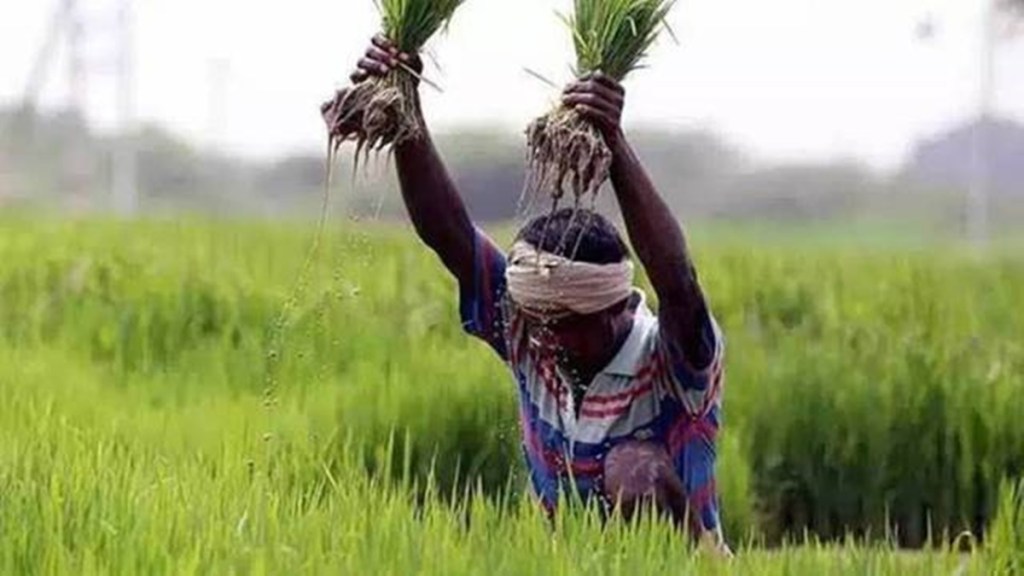The onset of the southwest monsoon was delayed this year, but it subsequently advanced rapidly to cover the entire country on July 2, six days ahead of its normal schedule. Its progress during June and July has a crucial bearing on agricultural production during the kharif or summer season when farmers sow crops such as paddy, coarse cereals, pulses and oilseeds. From a cumulative deficit of over 50% in early June, this transformed into a cumulative surplus of 2% till July 12, thanks to copious rainfall during the first two weeks of July. Spatially, the downpour was much heavier in northwest India which experienced rainfall that was 59% above the long period average, while there was deficient rainfall in the south peninsula, eastern and north-eastern regions of the country. In central India, it was 4% above the LPA. The extremely heavy rainfall in the northern states of the country—like in Himachal Pradesh—brought in its trail widespread destruction due to swollen rivers, landslides, broken bridges and roads. Delhi faces the brunt of the raging Yamuna overflowing its banks and flooding low-lying areas. The India Meteorological Department’s extended range forecast for July 13-19 is that rainfall is likely to be normal to above normal in the northwest and south peninsula, above normal in central India and near-normal over the eastern and north-eastern region. These are good tidings for kharif sowing operations to pick up in regions that experienced a shortfall in rainfall.
To be sure, the spatial and temporal spread of the monsoon has impacted the pace of kharif sowing operations in the countryside till the first two weeks of July. Due to the extremely heavy rainfall in the northern states, IMD’s agromet advisories to farmers include draining out excess water from crop fields, postponing transplanting of rice, sowing of maize and pulses in Himachal Pradesh and border districts of Punjab and Haryana. The sowing of pulses, for instance, was relatively brisk in Rajasthan which experienced good rains, while it seriously lagged behind in Maharashtra, Karnataka and Telangana due to deficit rainfall. For such reasons, the total area sown under pulses in the kharif season from June 1 to July 9 was 17.9% less than the corresponding period of last year. Among pulses, the acreage for arhar or pigeon pea was lower by as much as 47%. Rice, oilseeds and cotton acreage was also down while for coarse cereals it was up by a fifth when compared to the last year. Overall, kharif sowing for all crops, including sugarcane, jute and mesta was down by 5.4%. according to the Union ministry of agriculture.
While the monsoon is active all over the country, it is important to have contingency plans if it turns out to be wayward with an El Nino event likely to develop in July and adversely impacting rainfall in August-September. As it affects kharif crop output, the forecasting of its progress during the season must improve. While there is no doubt an improvement in IMD’s predictions, accuracy is not high at a location-specific level. There is a need to build more irrigation facilities in the rain-fed regions and develop short duration crop strains to enable farmers to make timely shifts in cropping patterns. Although this highly complex, dynamic system arrives with regularity, its behaviour over the season is less predictable even with the best statistical models.


